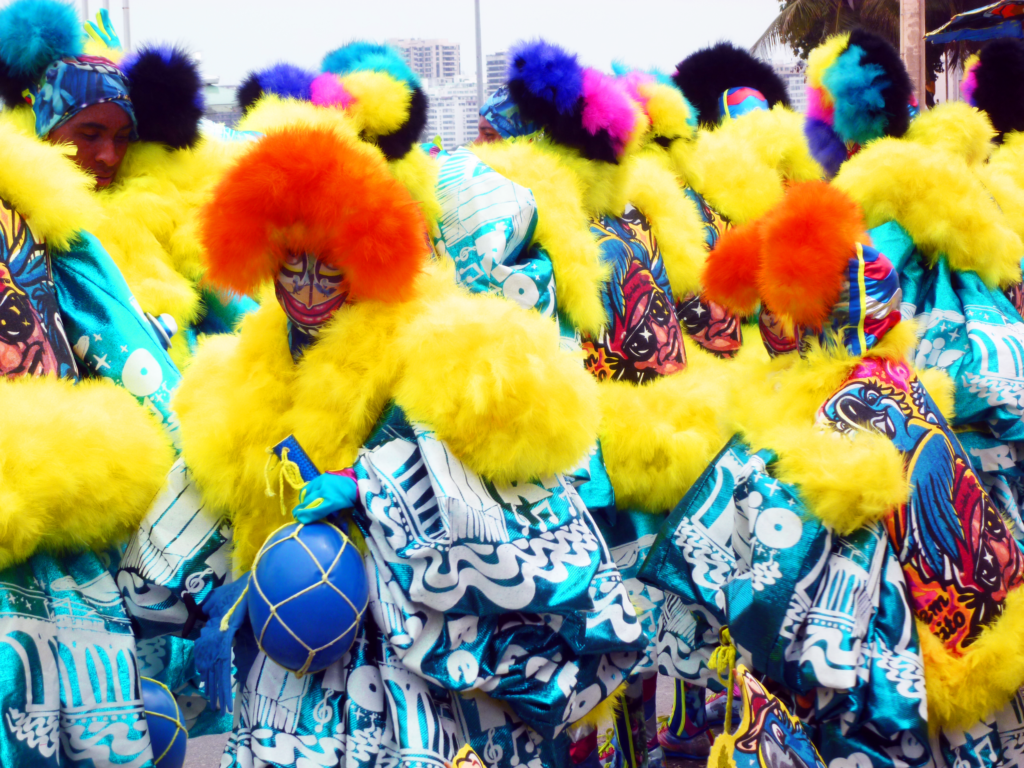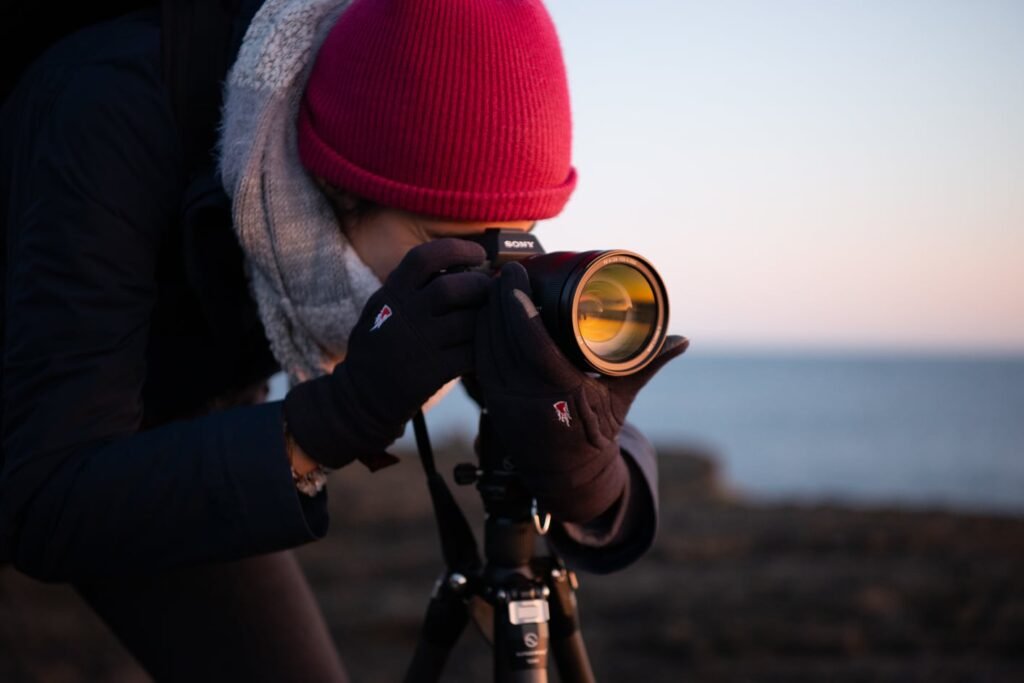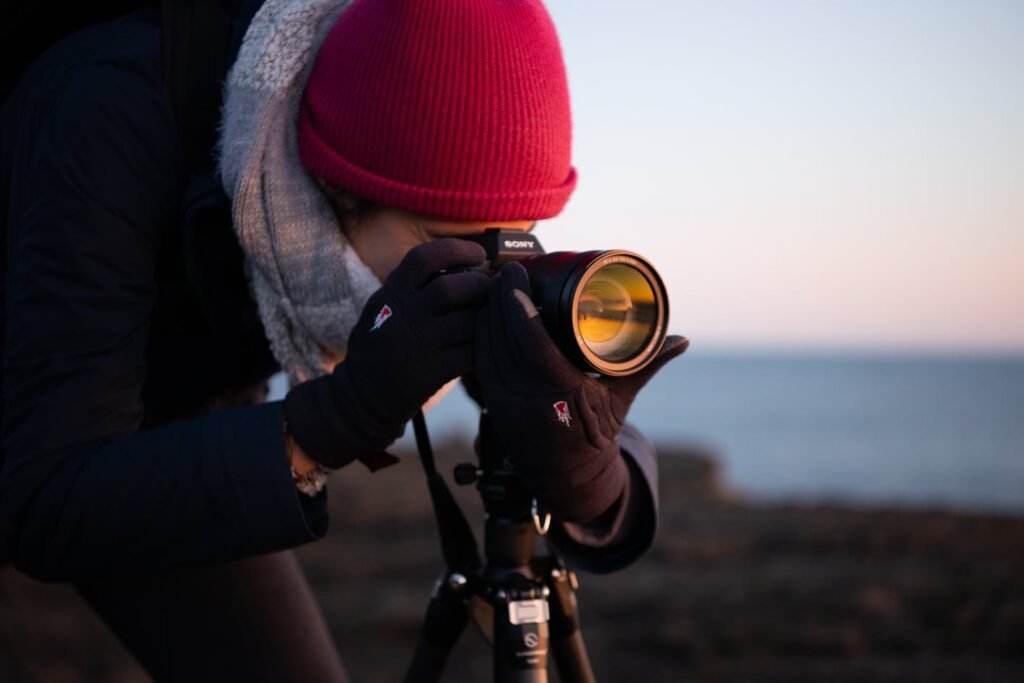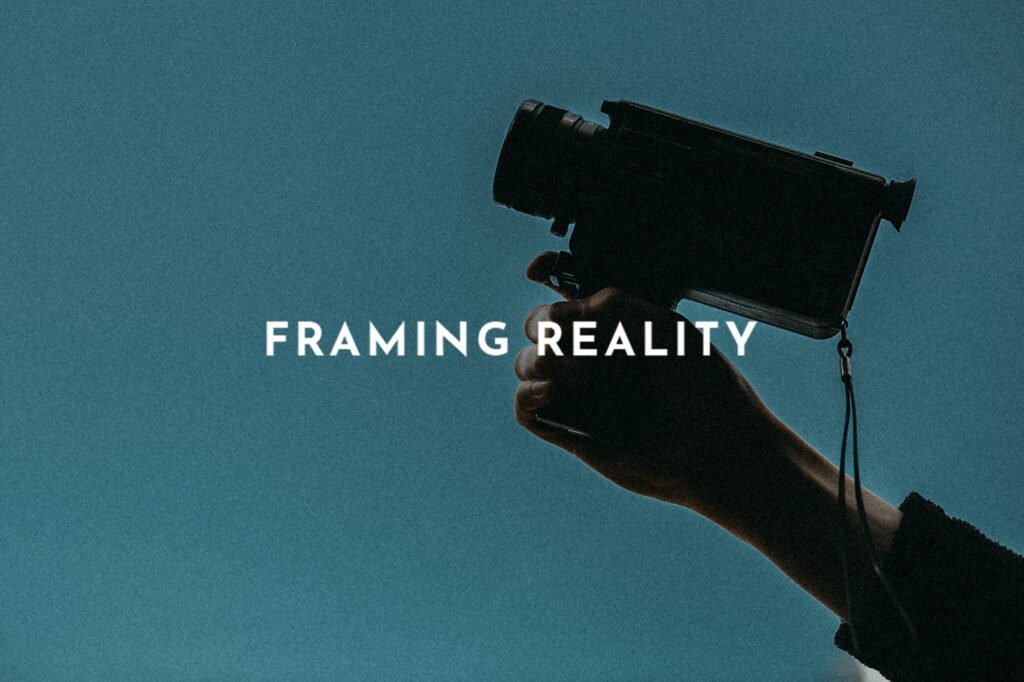Jul 3, 2024
Exploring the Artistry of Color Photography
Color photography is a vibrant medium that celebrates the spectrum of hues, tones, and shades found in the world around us. From vivid landscapes bathed in golden sunlight to intimate portraits infused with warm hues, color photography transforms scenes into visual feasts that evoke emotions, convey narratives, and capture the essence of the photographer’s vision. By harnessing the power of color, photographers create dynamic compositions that stimulate the senses and invite viewers on a journey of exploration through the kaleidoscope of human experience.

Exploring the Artistry of Color Photography
The Language of Colors: Symbolism and Emotion
Colors convey meanings and emotions that transcend linguistic barriers, making them powerful tools for visual storytelling in photography. Each color carries symbolic significance and evokes specific emotional responses: red symbolizes passion and vitality, blue evokes calmness and serenity, yellow radiates warmth and joy, while green signifies growth and harmony. By strategically using colors within compositions, photographers create visual narratives that resonate with viewers on an emotional and psychological level, tapping into universal associations and personal experiences.
Complementary and Harmonious Palettes: Creating Visual Balance
In color photography, the choice and arrangement of colors within the frame play a crucial role in creating visual harmony and balance. Complementary colors, such as red and green or blue and orange, create dynamic contrasts that draw attention to focal points and add vibrancy to compositions. Harmonious color palettes, on the other hand, use tones and shades within the same color family to evoke a sense of unity and coherence. By understanding color theory and principles of color harmony, photographers enhance visual impact and guide viewers’ gaze through compositions that are both striking and cohesive.
Light and Color: Painting with Natural and Artificial Light
Light is intrinsically linked to color in photography, influencing how colors appear and interact within a scene. Natural light sources, such as sunlight or moonlight, imbue colors with warmth, depth, and texture, creating dynamic contrasts of light and shadow that enhance visual interest. Photographers may use techniques like golden hour photography, where the soft, warm light near sunrise or sunset enhances the richness and saturation of colors, transforming ordinary scenes into extraordinary visual narratives. Additionally, artificial light sources, such as studio lights or flash photography, offer controlled illumination that allows photographers to manipulate colors, create mood, and emphasize details within compositions.
Cultural and Symbolic Context: Color Photography Across Cultures
Colors hold diverse cultural and symbolic meanings across different societies and traditions, influencing how they are perceived and used in photography. In some cultures, red symbolizes luck and prosperity, while in others, it may signify danger or warning. By considering cultural contexts and meanings associated with colors, photographers can create images that resonate with specific audiences and convey deeper layers of meaning. Cultural diversity enriches color photography by offering a tapestry of perspectives and interpretations, highlighting the universal language of colors while celebrating unique cultural expressions.
Expressive Portraits and Color Psychology: Conveying Personality and Emotion
In portraiture, color photography plays a crucial role in capturing the personality, emotions, and inner essence of subjects. The choice of color palette within portraits can convey mood, highlight facial features, and evoke emotional responses from viewers. Warm tones like orange and yellow may evoke feelings of warmth and approachability, while cool tones like blue and green may convey a sense of calmness or introspection. By understanding color psychology and its impact on viewer perception, photographers create portraits that transcend physical likeness to reveal the deeper layers of human experience and emotion.
Conclusion
In conclusion, color photography is a dynamic and expressive medium that harnesses the power of colors to create compelling visual narratives. Through symbolism, color harmony, light manipulation, cultural context, and color psychology, photographers craft images that evoke emotions, convey stories, and celebrate the richness of human diversity. By mastering the artistry of color photography, photographers transform everyday scenes into extraordinary moments of visual poetry, inviting viewers to experience the world through a spectrum of hues, tones, and shades that speak to the heart and soul.
More Details








